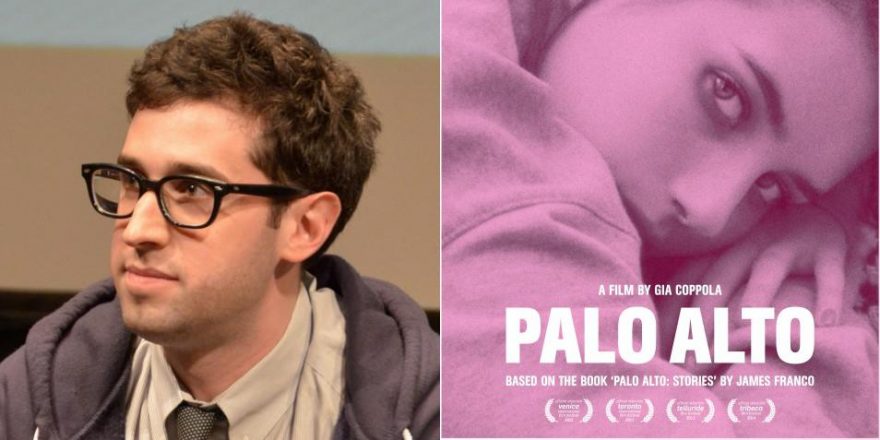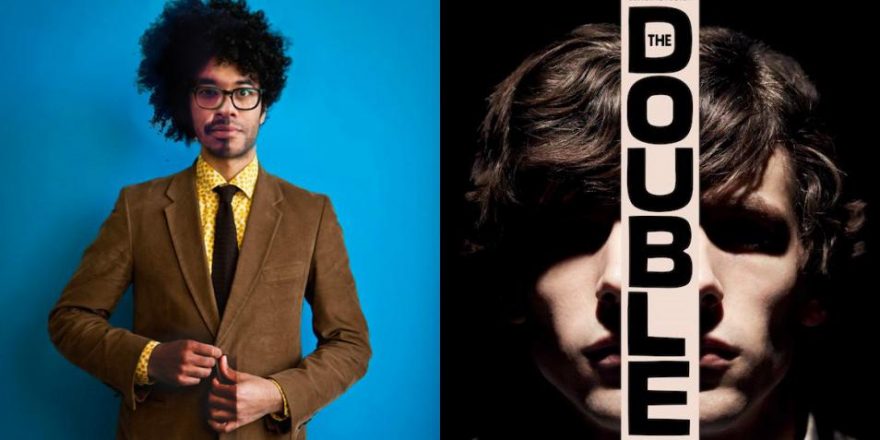It’s safe to say that no one reading this has ever traveled to outer space, and that may be an apt (if overly dramatic) metaphor for certain teenage experiences. Most of us went to high school and we all carry certain memories of embarrassments, yearnings, and, hopefully, victories from our teen years. Palo Alto, Gia Coppola’s directorial debut based on a book of short stories by James Franco (he appears on screen as well), chronicles sordid misadventures in the affluent Californian community, successfully capturing these universal emotions and feelings from being that age. This is no small feat, since while we may need an astronaut to tell us about the accuracies of the scattered debris in Gravity, we’re all authorities on the authenticity of the Teenage Movie.
That can make even attempting to truly capture something so deeply personal to all of us a setup for failure, but Coppola’s Palo Alto triumphs in recognizing that the biggest events of youth are often defined by the in-between moments that surround them. They’re in the off-hand-comments that linger and awkward explanations of our headline-worthy mistakes; in the small ways carefully constructed façades can crack during the blur of everyday afternoons. Coppola’s characters live in the unsure and speak in a series of a hypothetical “what ifs” and wandering musings: Would you rather be gay or a girl? What’s the etymology of “pissing like a horse”? What if you were an ancient Egyptian? How many people died from eating magic mushrooms before they realized their potency?
For me and my best friend, the conversations in high school were strikingly similar. And for my friend, arguably the most intense moment in high school wasn’t being arrested, caught by his parents doing those dangerous mushrooms, or losing his virginity to the hottest girl in school; it was when he found a posting at a local record store placed by the guitarist in his punk band looking to replace him. How exactly do you tell your girlfriend that you are no longer a rock ‘n’ roll star drummer? The façade cracks.
In Palo Alto, those in-between and seemingly smaller moments become a jumping off point to explore a litany of more “standard” teenage major events, and the film portrays an almost checklist of juvenile delinquent tropes: violence, drunk driving, illegal drugs, mental breakdown, sexual manipulation and power, etc. However, its success is found in how it presents these incidents, and their aftermaths, with the same weight it gives to those everyday afternoons. Some of the film’s characters drive while intoxicated, but this isn’t a “Drunk Driving” movie with a capital D, it’s a film that operates firmly in the lowercase and is the better for it. Coppola recognizes that being a teenager means being in a state of constant chaos and confusion, whether it’s from a bad game of pickup basketball or a felony arrest, and the film’s subtle examination of this never-ending tumult is what makes it so spot on and emotionally moving.
For instance, there’s the potential for a full-length exploitation movie somewhere inside the one-minute scene chronicling off-screen damage done to Emily, a girl whose swirling endless loop of desire, shame, defiance, and need for acceptance is heartbreaking and raw (Zoe Levin’s portrayal is particularly outstanding). But instead of showing us the details of the devastating events, Coppola wisely displays restraint, utilizing a Malick-like interlude of Emily at ease in her garden before the afternoon her life takes an unforgettable turn. We see her intoxicating eyes through the point of view of Fred (Nat Wolff), who details the indignities of what occurred afterwards. Emily’s inviting direct-to-camera gaze betrays the hammer about to fall upon her, creating a wave of emotions for the viewer now forced to play the villain. It’s a cinematically powerful scene made impactful by the contrast between the blissfully free-spirited moment it visually captures and what we as an audience now know will occur. But it also works because Emily is looking at a boy she likes in a way that an endless amount of girls have looked at an endless amount of boys they like before. That look resonates authenticity to all of us self-appointed teenage authorities. It’s small and it’s true.
Earlier when Teddy (Jack Kilmer), the sympathetic troublemaker at the heart of the film, is performing community service at a children’s library, Fred, his best friend, pays a visit and profanely defaces a copy of The Runaway Bunny. Not only does Teddy disapprove, but also it’s only a matter of time before he’ll get caught and be forced to shoulder the blame. So why doesn’t he simply rip the page out, steal the book, or, better yet, come clean to the librarian, who has shown him genuine encouragement and interest? Is it because he gets stoned? He forgets? He’s embarrassed? He just hopes it will go unnoticed? I’m not sure and I sense Teddy isn’t precisely sure either. But we’re in good hands because the film knows exactly why. It’s because he’s a teenager.






